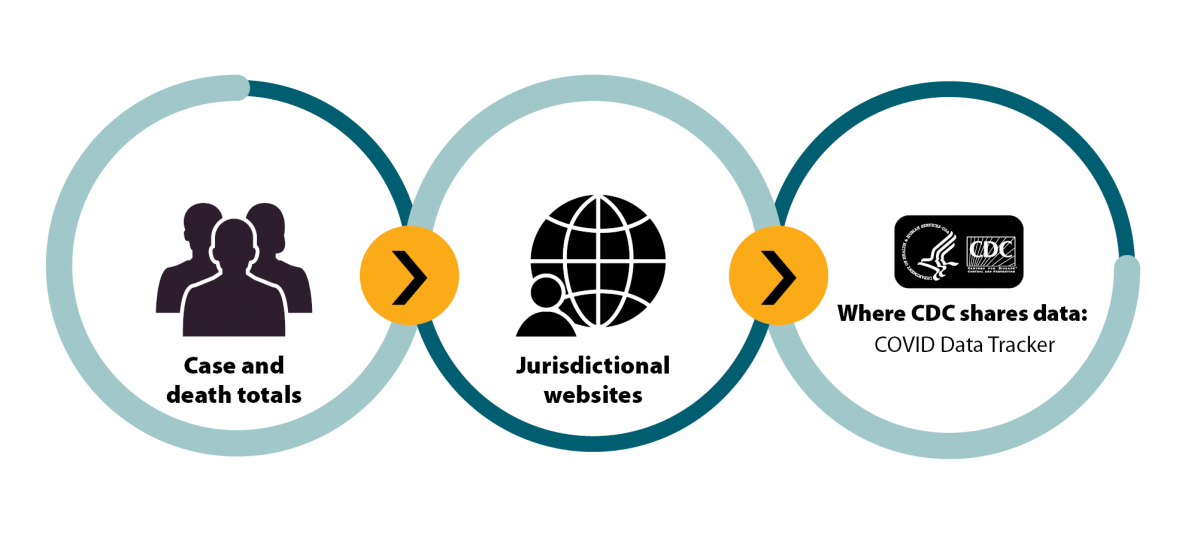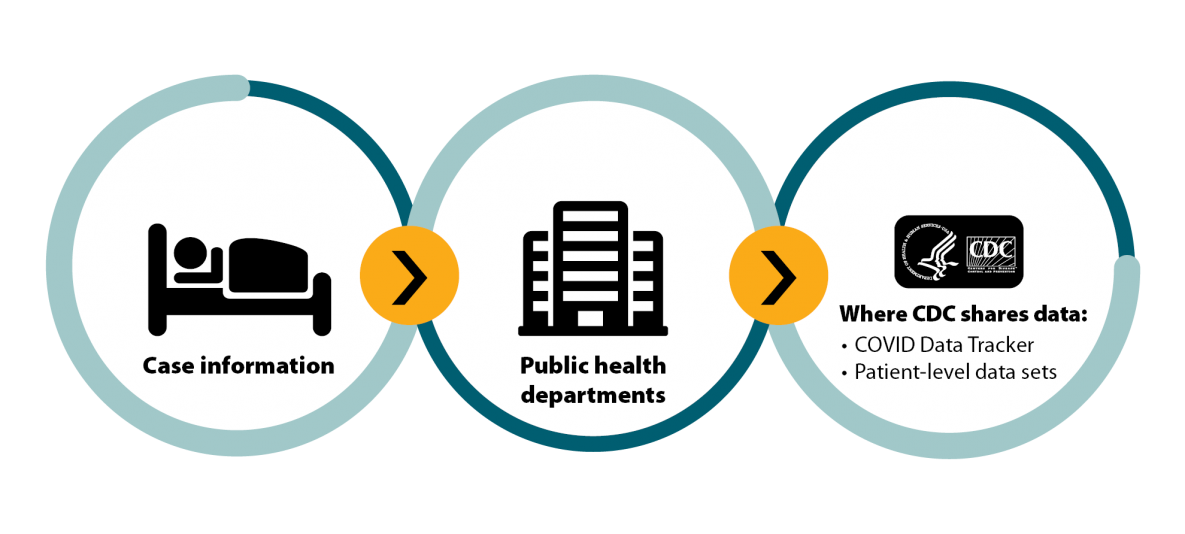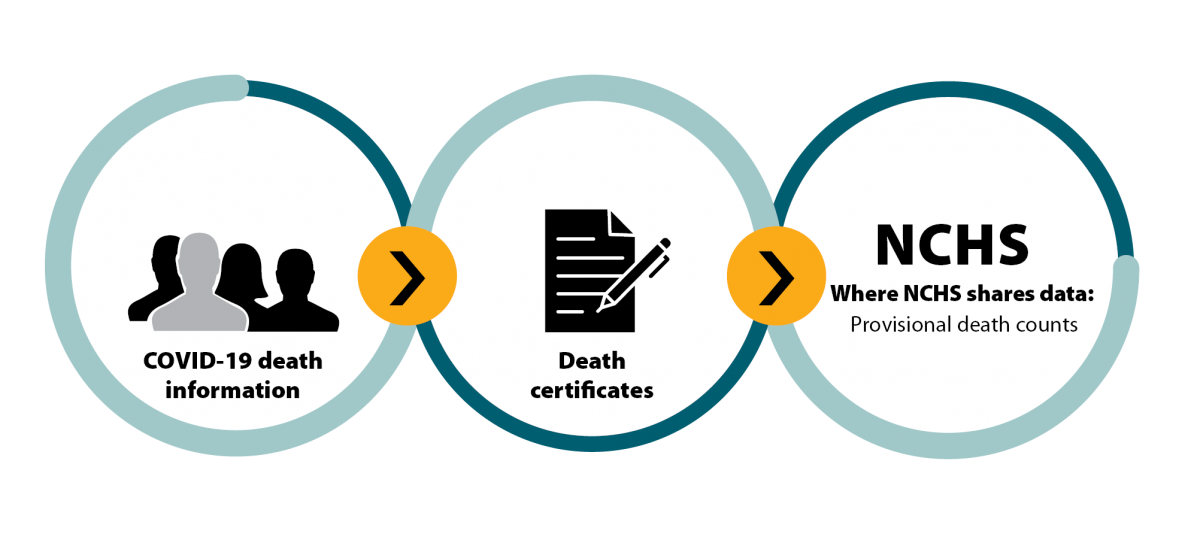Mẹo Hướng dẫn Active cases là gì Chi Tiết
Quý khách đang tìm kiếm từ khóa Active cases là gì được Update vào lúc : 2022-03-25 10:00:07 . Với phương châm chia sẻ Thủ Thuật Hướng dẫn trong nội dung bài viết một cách Chi Tiết Mới Nhất. Nếu sau khi đọc Post vẫn ko hiểu thì hoàn toàn có thể lại phản hồi ở cuối bài để Ad lý giải và hướng dẫn lại nha.
Burden of Disease: Impact of a health outcome or disease on a population.
Nội dung chính
- Data Sources
- Accuracy of Data
- Aggregate Count Data
- Patient-Level Data
- Death Counts
- Additional Resources
- The 50 states
- The District of Columbia
- Tp New York City (which is not included in Tp New York State’s reported case and death counts)
- The U.S. territories of American Samoa, Guam, the Commonwealth of the Northern Mariana Islands, Puerto Rico, and the U.S Virgin Islands
- Three independent countries in compacts of không lấy phí association with the United States (Federated States of Micronesia, Republic of the Marshall Islands, and Republic of Palau)
- Data elements are available for review on the COVID-19 case report formpdf icon.
- All data is provisional and subject to change until reconciled and verified.
- Some data are suppressed to protect individuals’ privacy.
- Cases are listed by the earliest date available in each record. This could be the date received by CDC or the date related to illness/specimen collection.
- There is a 14-day lag before CDC shares datasets to ensure accuracy of time-dependent outcome data.
- Datasets are updated every two weeks.
- COVID Data Tracker, which serves as CDC’s home for COVID-19 data, offers information about U.S. cases and deaths. Timely and accurate reporting the jurisdictional level drives this process. Reporting frequency varies, so counts might increase different rates.
- Provisional death counts are provided through NCHS. These reports come from death certificates, which offer information from physicians, medical examiners, and coroners. The death counts here are the most accurate, but it takes longer to collect the information. There is an average lag time of one to two weeks, which might cause discrepancies from counts on other published sources. NCHS explains more about how this works in Understanding the Numbers.
Case Definition: Set of criteria for determining if a person has a particular disease or other health condition.
Chain of Infection: Links of infection from person to person.
Chart Abstraction: Recording information from patients’ medical records, including demographic data (age, race/ethnicity, sex), as well as symptoms, treatments, and health outcomes.
Community Transmission: Spread of disease from person to person in a community
Contact: Someone was physically close to a person who was potentially infectious with a pathogen.
Contact Tracing: A strategy for slowing the spread of disease in which public health workers communicate with infectious people to identify their contacts. They then follow up with those contacts to provide guidance on how to quarantine themselves and what to do if they develop symptoms of disease.
Data Visualization: Display of information in pictures, charts, and graphics to make the data easier to understand and use.
Epidemiologic (Epi) Curve: Graphic representation of what has happened with a disease such as changes in the number of cases, hospitalizations, or deaths over time.
Epidemiological (Epi) Link: Characteristic that links two cases, such as close contact between two people or a common exposure.
Epidemiological Model: Mathematical representation that predicts where, how long, and how far a disease will spread.
Exposure: Contact with a something that causes illness. In the case of an infectious disease, this represents interaction with a human, animal, or environment from which the pathogen can be transmitted.
Incidence: Number of people in a population who develop a disease or other health outcome over a period of time.
Infectious Disease: Something that causes an infection that can lead to a disease.
Line List: Table containing a list of people with a specific disease or exposures.
Nationally Notifiable Disease: Disease that healthcare providers must report to state or local health departments.
National Notifiable Diseases Surveillance System (NNDSS): Multifaceted program used by around 3,000 public health departments that includes a surveillance system that monitors over 100 diseases.
Public Health Surveillance: Systematic collection, analysis, and interpretation of health data.
Prevalence: Number of people in a population who have a disease or other health outcome one point in time.
Self-quarantine: Staying away from others while monitoring oneself for signs of illness.
CDC reports COVID-19 cases and deaths trực tuyến in multiple locations, including the COVID Data Tracker, through provisional death counts, and in patient-level data sets. Sharing timely and accurate information with the public is a core activity of the emergency response. It helps us track disease-related trends, detect outbreaks, and determine whether public health actions are working. Much of the information shared by CDC is based on reporting from jurisdictions. Accurate and timely reporting from jurisdictions drives this process.
Data Sources
Information about COVID-19 cases comes from the following three key sources:
Description: Aggregate count data provide case and death totals, reported through 60 U.S.-affiliated jurisdictions, the state and county level. Aggregate counts can be compiled quickly, and they are the most current. (Read on for more about reporting jurisdictions.)
Source: CDC collects this information through a robust process that includes a review of jurisdictional websites. Public health jurisdictions also report and validate data as part of the process.
Where to find it: CDC shares aggregate counts in COVID Data Tracker.
Description: Patient-level data, which are also known as line-level data, provide information for each COVID-19 case. Patients are never identified, but important information such as age, race, and ethnicity is often included. Reporting can lag because the information is detailed, and it can take longer to collect.
Source: Line-level data is based on reporting from states, territories, and other jurisdictions.
Where to find it: CDC shares line-level data in COVID Data Tracker, as well as in patient-level data sets that are made available to the public for research.
Description: Information about deaths from COVID-19.
Source: Death certificates provide the most accurate counts, but, the data collection process takes longer. Due to the lag time, numbers can initially be lower than in other published sources.
Where to find it: CDC’s National Center for Health Statistics (NCHS) provides mortality data through provisional death counts.
Accuracy of Data
COVID-19 is one of about 120 diseases and conditions that must be reported to state, local, and territorial health departments. This process helps officials identify outbreaks and control the spread of disease. Health departments voluntarily report case information to CDC, which compiles and publicly shares data related to COVID-19 illnesses, hospitalizations, and deaths.
While CDC strives to provide complete and accurate data, there are a few challenges. First, COVID-19 can cause mild illness, and symptoms might not appear immediately. This can lead to delays in testing and reporting. Also, not every infected person will get tested or seek medical care, especially if symptoms are not present. Finally, there are differences in how states and territories report cases. The number of new cases reported each day can fluctuate, and reporting frequency can vary by jurisdiction. Health departments may also update case data over time as they receive more complete information.
For these reasons, there might be discrepancies between numbers reported by CDC versus by health departments. When this occurs, data reported by health departments should be considered the most accurate.
Aggregate Count Data
There are currently 60 U.S.-affiliated jurisdictions reporting COVID-19 case and death data to CDC. This includes the following:
In addition to COVID Data Tracker, aggregate count data are available in data.cdc.gov.
Patient-Level Data
Publicly available datasets are critical for open government, transparency, and research. They also tư vấn efficiency by offering the same data and information to the public, truyền thông, and others while maintaining individual confidentiality. CDC has three COVID-19 case surveillance patient-level datasets available:
COVID-19 Case Surveillance Public Use Data with Geography: Public use, patient-level dataset with clinical and symptom data, demographics, and state and county of residence. This dataset contains 19 data elements.
COVID-19 Case Surveillance Public Use Data: Public use, patient-level dataset with demographic and clinical information, including symptoms. No geographic data is available. This dataset contains 12 data elements.
COVID-19 Case Surveillance Restricted Access Detailed Data: Restricted access, patient-level dataset with demographic and clinical data, including symptoms. Geographic data (state and county of residence) is available. Access requires a registration process and a data-use agreement. This dataset contains 32 data elements.
About the public use and restricted access databases:
Datasets comply with CDC’s Policy on Public Health Research and Nonresearch Data Management and Accesspdf icon. Access all three COVID-19 datasets data.cdc.gov. Direct dataset questions to Ask SRRG .
Death Counts
CDC reports death counts in the following areas of our website. All data are provisional and subject to change.
For questions about how COVID-19 cases and deaths are defined, please review FAQ: COVID-19 Data and Surveillance.
Additional Resources
Chia Sẻ Link Cập nhật Active cases là gì miễn phí
Bạn vừa Read tài liệu Với Một số hướng dẫn một cách rõ ràng hơn về Review Active cases là gì tiên tiến và phát triển nhất và Chia Sẻ Link Cập nhật Active cases là gì miễn phí.

Thảo Luận vướng mắc về Active cases là gì
Nếu sau khi đọc nội dung bài viết Active cases là gì vẫn chưa hiểu thì hoàn toàn có thể lại Comment ở cuối bài để Tác giả lý giải và hướng dẫn lại nha
#Active #cases #là #gì


